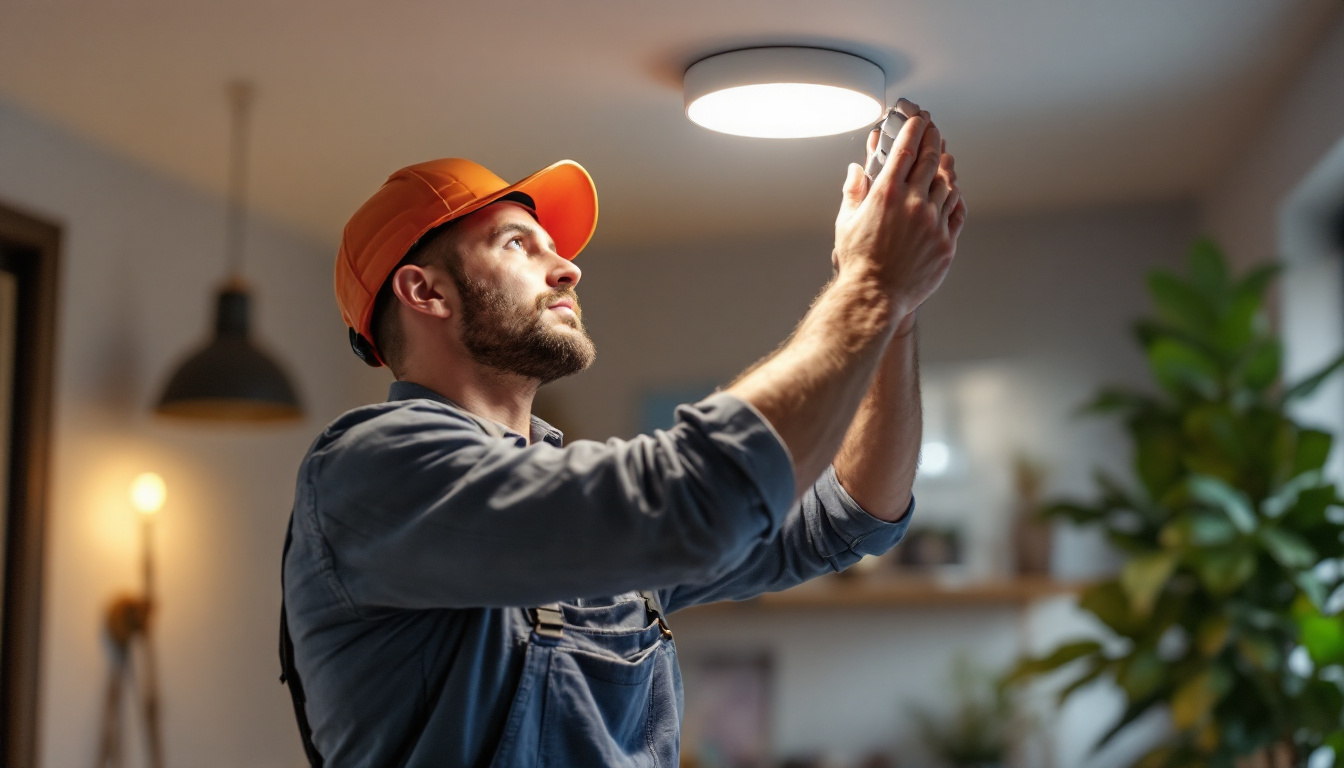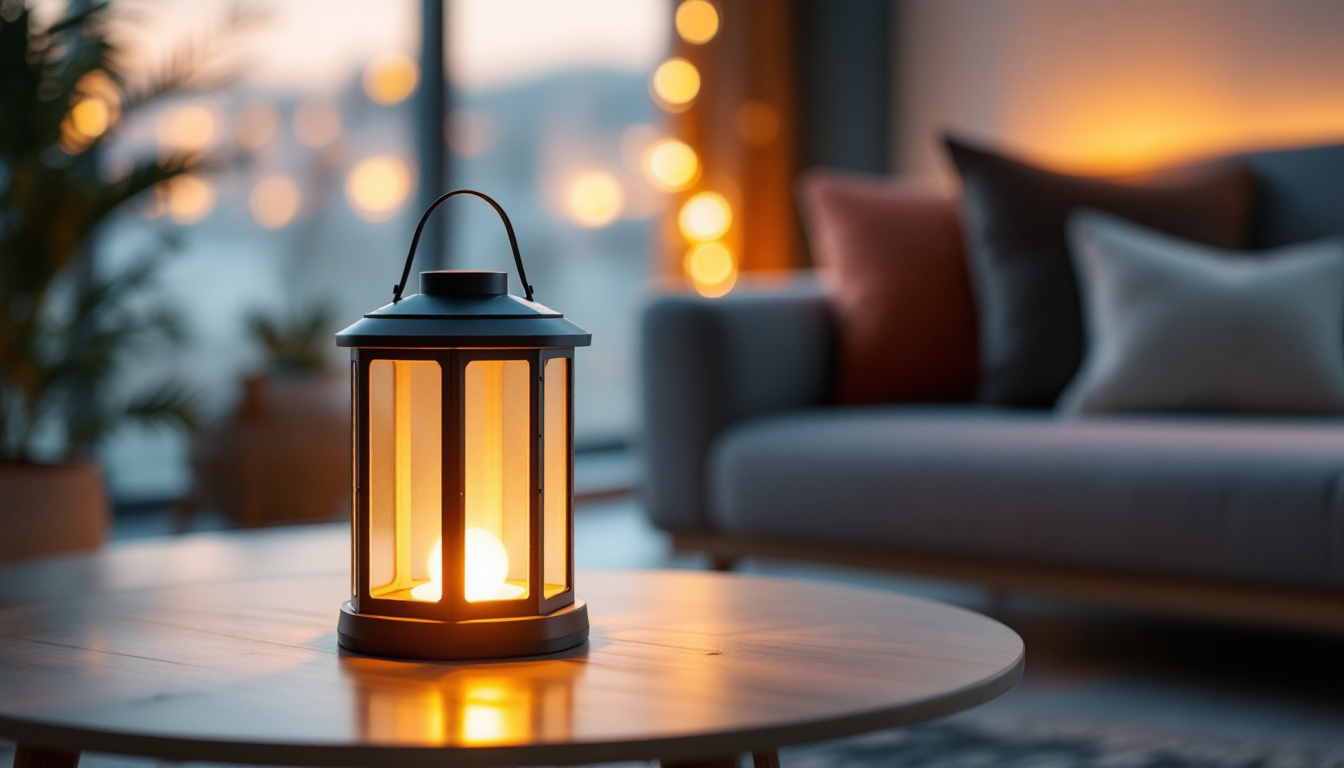
Lighting contractors face a myriad of challenges when it comes to retrofitting can lights in residential and commercial spaces. As technology evolves and energy efficiency becomes a priority, understanding these challenges is crucial for successful project execution. This article delves into the top challenges faced by lighting contractors during the retrofit of can lights, providing insights and potential solutions.
Retrofitting can lights involves replacing existing fixtures with newer, more efficient models. This process can significantly improve energy efficiency and enhance the overall lighting quality of a space. However, it also presents a unique set of challenges that contractors must navigate.
One of the first steps in the retrofit process is assessing the existing lighting system. Contractors need to evaluate the current fixtures, wiring, and overall layout to determine the best approach for the retrofit. This assessment can be time-consuming and requires a keen eye for detail.
Contractors must carefully examine the existing can lights to determine their compatibility with new technologies. This includes checking the size, shape, and type of the current fixtures. In some cases, older fixtures may not accommodate newer LED options, necessitating additional modifications.
Moreover, understanding the age and condition of the existing wiring is crucial. Outdated wiring can pose safety risks and may not support the electrical load of modern fixtures. This evaluation helps contractors anticipate any potential issues that may arise during the retrofit process. Additionally, they may need to consider the placement of the fixtures; improper positioning can lead to uneven lighting, which can detract from the overall aesthetic of the space. A well-planned layout not only enhances functionality but also contributes to the ambiance of the room, making it essential for contractors to take a holistic approach to their assessments.
Energy efficiency is a primary driver for retrofitting can lights. Contractors must analyze the energy consumption of existing fixtures compared to new options. This analysis often involves calculating the potential savings and return on investment for the client.
Contractors should also consider the environmental impact of their choices. Selecting energy-efficient fixtures not only benefits the client financially but also contributes to sustainability efforts. This dual focus on cost and environmental responsibility can enhance the contractor’s reputation and attract more clients. Furthermore, many municipalities offer incentives or rebates for energy-efficient upgrades, which can provide additional financial benefits for clients. By staying informed about these programs, contractors can help their clients maximize savings while promoting greener practices. Engaging clients in discussions about the long-term benefits of energy-efficient lighting can also foster a sense of partnership, encouraging them to invest in future upgrades and improvements.
Beyond the initial assessment, several technical challenges can arise during the retrofit process. These challenges can impact the timeline, budget, and overall success of the project.
One of the most common technical challenges is compatibility between new fixtures and existing systems. Not all LED retrofits are designed to fit seamlessly into older can light housings. Contractors must ensure that the new fixtures are compatible with the existing trim and housing to avoid costly modifications.
In some instances, additional components, such as adapters or new housings, may be required to complete the retrofit. This can lead to unexpected delays and increased costs, which contractors must communicate transparently to their clients. Furthermore, the aesthetic considerations of the new fixtures must also be taken into account, as mismatched designs can detract from the overall look of the space. Contractors often need to balance functionality with design, ensuring that the new installations not only work efficiently but also complement the existing architecture.
Electrical issues can also pose significant challenges during a retrofit. Contractors must ensure that the existing wiring can handle the electrical load of new fixtures. Inadequate wiring can lead to flickering lights, tripped breakers, or even fire hazards.
Moreover, understanding the local electrical codes and regulations is essential. Contractors must ensure that all retrofitting work complies with these codes to avoid legal issues and ensure the safety of the installation. This often involves consulting with local authorities or hiring licensed electricians who are familiar with the latest standards. Additionally, the integration of smart lighting systems can complicate matters further, as these systems may require specialized wiring and control mechanisms that differ from traditional setups. As technology continues to evolve, staying updated on the latest advancements and their implications for retrofitting becomes crucial for contractors aiming to deliver safe and efficient installations.
Beyond technical considerations, design and aesthetic challenges play a crucial role in the success of a retrofit project. Lighting is a key element of interior design, and contractors must balance functionality with aesthetics.
When retrofitting can lights, achieving consistent lighting quality across a space is vital. Different fixtures may emit varying levels of brightness and color temperature, leading to an uneven lighting effect. Contractors must carefully select fixtures that provide uniform illumination to maintain the desired ambiance.
Additionally, clients often have specific preferences regarding the color temperature of the light. Understanding these preferences and selecting fixtures that align with them can enhance client satisfaction and lead to repeat business.
Retrofitting can lights also requires consideration of the existing décor. The new fixtures should complement the overall design of the space, enhancing rather than detracting from the aesthetic appeal. This may involve selecting fixtures that match the style, finish, and scale of the existing elements.
Contractors should also consider the placement of the new fixtures. Proper positioning is crucial for achieving the desired lighting effect and ensuring that the fixtures do not clash with other design elements in the space.
Effective communication with clients is essential throughout the retrofit process. Many clients may not fully understand the complexities involved in retrofitting can lights, making it crucial for contractors to educate them about the process.
Contractors should set realistic expectations regarding the timeline and budget for the retrofit project. Clients may have misconceptions about how quickly the process can be completed or how much it will cost. Clear communication about potential challenges and the steps involved can help manage these expectations.
Additionally, contractors should provide clients with information about the benefits of retrofitting, including energy savings, improved lighting quality, and enhanced aesthetics. This education can help clients appreciate the value of the investment and foster trust in the contractor’s expertise.
After the retrofit is complete, providing post-installation support is crucial. Clients may have questions or concerns about the new fixtures, and being available to address these can enhance client satisfaction.
Contractors should also offer guidance on maintenance and care for the new fixtures. Educating clients about the longevity and efficiency of LED lights can reinforce the benefits of their investment and encourage them to recommend the contractor to others.
Cost management is a critical aspect of any retrofit project. Contractors must navigate the financial implications of retrofitting can lights while ensuring that the project remains profitable.
Accurate cost estimation is essential for successful project management. Contractors need to consider all aspects of the retrofit, including materials, labor, and potential unforeseen expenses. This requires a thorough understanding of the project scope and the ability to anticipate challenges that may arise.
Contractors should also factor in the costs associated with any necessary modifications to the existing electrical system or fixtures. Providing clients with a detailed breakdown of costs can help build trust and transparency throughout the process.
In addition to accurate estimation, finding cost-effective solutions is vital for maximizing profitability. Contractors should stay informed about the latest products and technologies that offer both quality and affordability.
Exploring bulk purchasing options or establishing relationships with suppliers can also help contractors secure better pricing on materials. This not only benefits the contractor’s bottom line but can also allow for competitive pricing for clients.
The lighting industry is constantly evolving, with new technologies and trends emerging regularly. For contractors, staying updated with these changes is essential for maintaining a competitive edge.
Advancements in lighting technology, such as smart lighting systems and energy-efficient LED options, can significantly enhance the retrofit process. Contractors should invest time in learning about these technologies and how they can be integrated into retrofit projects.
Additionally, understanding the benefits and limitations of new technologies allows contractors to make informed recommendations to clients. This knowledge can position contractors as industry experts and foster long-term client relationships.
Networking with other professionals in the industry can provide valuable insights and opportunities for collaboration. Attending industry conferences, workshops, and trade shows can help contractors stay informed about the latest trends and best practices.
Investing in professional development through training and certifications can also enhance a contractor’s skills and knowledge. This commitment to growth not only benefits the contractor but also improves the quality of service provided to clients.
Retrofitting can lights presents a range of challenges for lighting contractors, from technical and design issues to client communication and cost management. By understanding these challenges and implementing effective strategies, contractors can navigate the retrofit process successfully.
Ultimately, staying informed about industry trends, embracing new technologies, and maintaining open communication with clients are key factors in overcoming these challenges. By doing so, lighting contractors can enhance their reputation, improve client satisfaction, and ensure the success of their retrofit projects.
As you tackle the challenges of retrofitting can lights, partner with LumenWholesale to ensure your projects shine. We provide lighting contractors with spec-grade lighting products at unbeatable wholesale prices, directly cutting out the middleman costs. Our extensive selection not only meets but exceeds industry standards, guaranteeing you reliable and efficient lighting for every retrofit challenge. Plus, with free shipping on bulk orders, you can stock up on premium lighting solutions without worrying about hidden fees. Elevate your retrofit projects with the perfect combination of quality, affordability, and convenience. Wholesale Lighting at the Best Value is just a click away.

Discover the pivotal role of commercial lighting controls in modern construction.

Discover the transformative advantages of Lightpole technology for lighting contractors.

Discover how indoor solar lanterns are revolutionizing the lighting industry by offering lighting contractors an efficient, eco-friendly solution.

Discover the ultimate guide for lighting contractors on LED fluorescent lights.